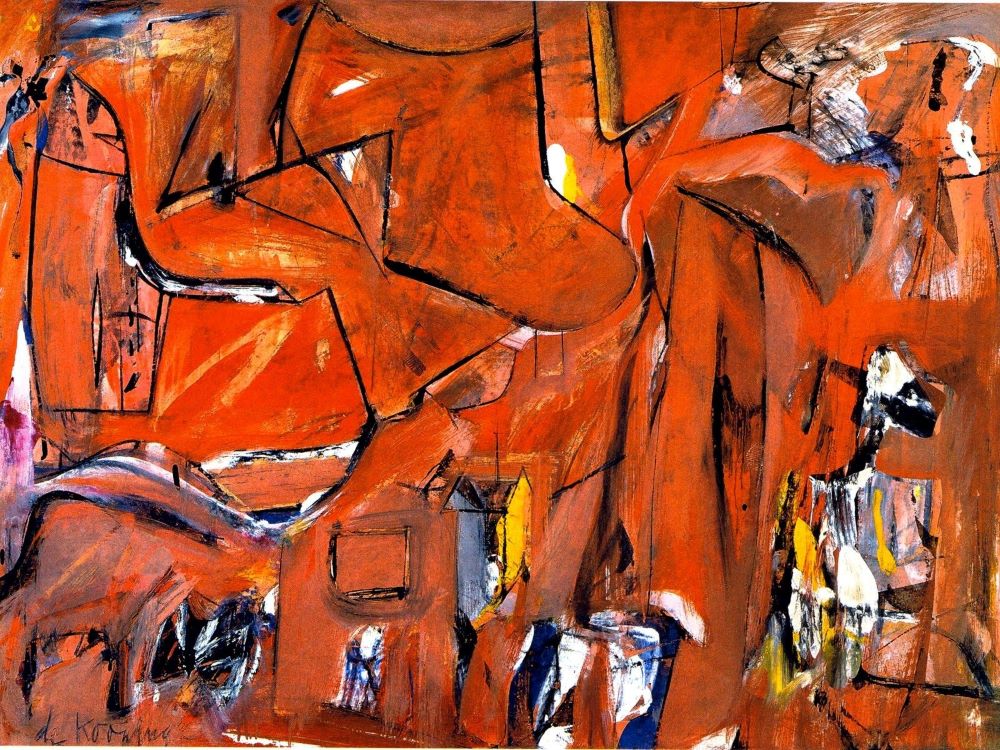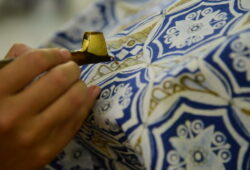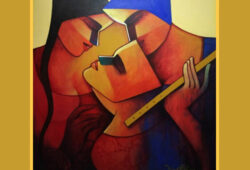The Abstract Mastery of Willem de Kooning’s Paintings
 Posted On
Posted On
Willem de Kooning, a Dutch-American artist, was a pivotal figure in the abstract expressionist movement that emerged in the mid-20th century. His paintings, characterized by their dynamic brushwork and emotional intensity, remain an influential force in the world of contemporary art. With a career spanning several decades, de Kooning’s works have continued to captivate art enthusiasts and critics alike. In this article, we will explore the life and artistry of Willem de Kooning, shedding light on some of his most renowned paintings and the impact he left on the art world.
Early Life and Career
Willem de Kooning was born in Rotterdam, the Netherlands, in 1904. His journey as an artist began at a young age when he apprenticed as a commercial artist and enrolled in evening classes at the Rotterdam Academy of Fine Arts and Techniques. In 1926, he immigrated to the United States, settling in New York City, where he would become a prominent figure in the burgeoning art scene.
Abstract Expressionism and de Kooning’s Style
De Kooning’s work was at the forefront of the abstract expressionist movement, which rejected traditional artistic conventions and embraced spontaneous, emotional expression. His paintings are characterized by bold, gestural brushwork, vivid colors, and a sense of dynamic tension. Unlike some of his contemporaries who embraced complete abstraction, de Kooning often retained elements of figurative representation in his work.
Famous Paintings
“Woman I” (1950-1952) “Woman I” is perhaps one of de Kooning’s most iconic works. This painting, part of a series exploring the female form, is a mesmerizing blend of abstraction and figurative elements. The distorted, fragmented figure exudes both sensuality and anxiety, reflecting the complexities of human emotion and desire.
“Excavation” (1950) “Excavation” is a monumental canvas that showcases de Kooning’s mastery of abstract expressionism. The painting is a dynamic interplay of shapes, lines, and colors, creating a sense of depth and movement. It embodies the energy and intensity of the post-war era and the artist’s commitment to exploring the boundaries of painting.
“Untitled (Rosy-Fingered Dawn at Louse Point)” (1963) In this later work, de Kooning’s brushwork becomes looser and more fluid. The title references Homer’s “The Odyssey,” and the painting itself evokes a sense of fluidity and motion. It reflects his ability to adapt and evolve as an artist while still maintaining his signature style.
Impact and Legacy
Willem de Kooning’s influence on the art world is immeasurable. His innovative approach to painting challenged traditional norms and paved the way for future generations of artists. He was a member of the New York School, a group of artists who played a pivotal role in making New York City the epicenter of the art world during the mid-20th century.
De Kooning’s ability to balance the abstract and the figurative in his work continues to inspire contemporary artists. His fearless exploration of the human form, particularly his “Woman” series, has left an indelible mark on the feminist art movement. His paintings have been exhibited in renowned museums and galleries worldwide, ensuring his lasting legacy.



